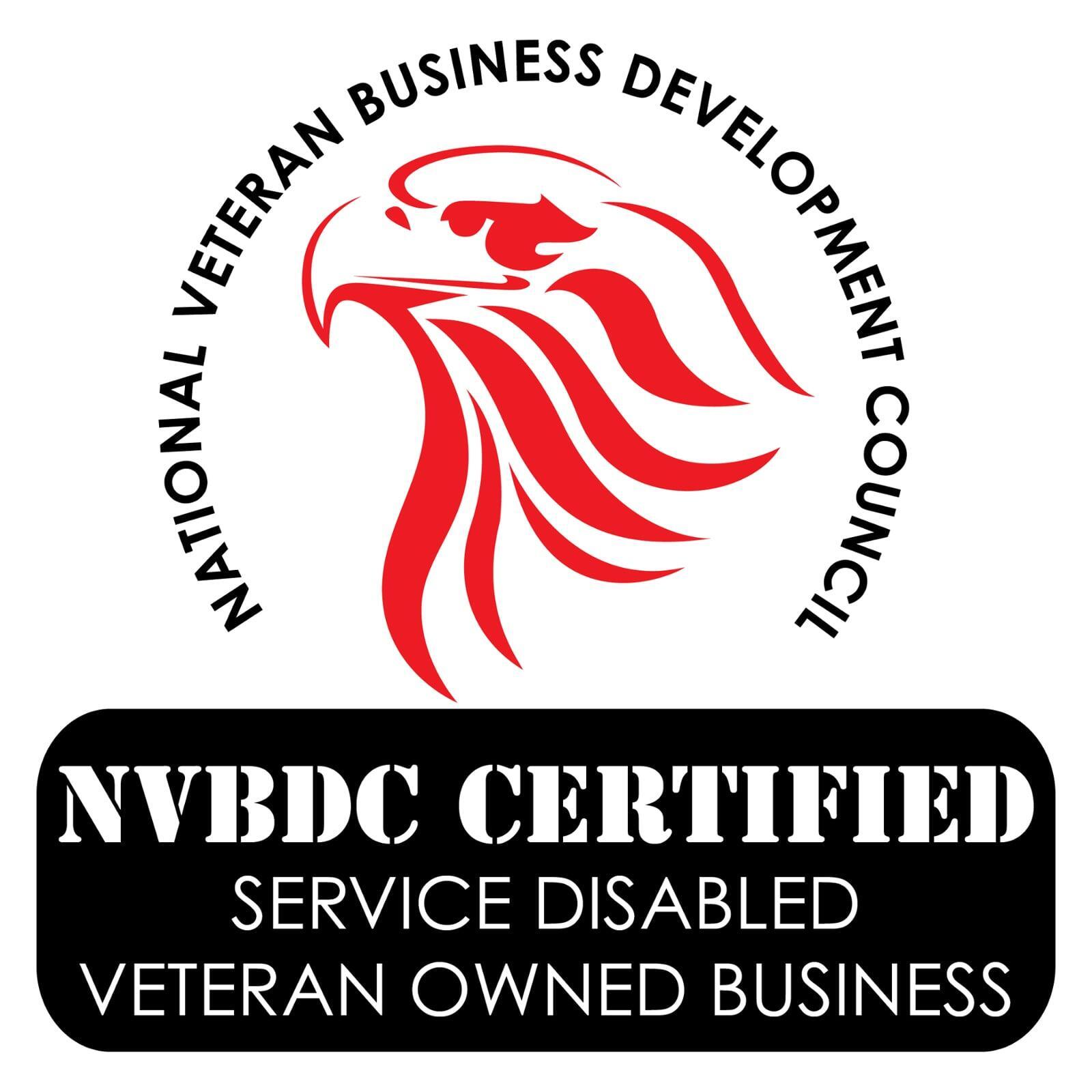
Inquesta's staff is highly experienced in intelligence collection and analysis. We can plan a project and train your intelligence crew to use conferences and trade shows to your advantage.
Traditional market research is the usual way that companies employ to increase market share. This normally focuses on market trends and identifying and satisfying consumer wants.
Intelligence normally employs different tools and goes beyond customer surveys and public or proprietary databases. It addresses more specific questions about your industry and rivals to help your company's marketing and strategic planning efforts, such as:
- Identifying who a rival's customers are and how they may be advertised to
- Determining your rivals' distribution channels and costs
- Identifying who your rivals' suppliers are
- Measuring the effectiveness of your and your rivals' advertising
- Win/loss analysis to determine what your firm vs. your rivals are doing right and wrong to win and retain customers
- Learn rivals' plans, activities, reasons, and costs
Case study: A Small Bank's Competitive Intelligence To Thrive In a Crowded Market.
A small community bank in the Midwest faced increasing competition from regional and national banks offering aggressive loan terms and advanced digital banking features. To stay competitive, the bank leveraged competitive intelligence (CI) to identify gaps in its rivals’ offerings and position itself strategically.
By analyzing lending strategies, the bank found that mid-sized banks offered lower rates but had slow approval processes and rigid criteria. In response, it streamlined its loan approvals and marketed itself as the bank for fast, flexible small business financing. Additionally, while larger banks invested heavily in digital banking, The bank discovered that its older customers prioritized security and personalized service. Rather than competing head-on in technology, it enhanced online security while training staff to offer high-touch, concierge-style service.
The bank also monitored its competitors’ community engagement and noticed they overlooked hyper-local initiatives. By sponsoring small business networking events and school fundraisers, Riverstone positioned itself as a true community partner, increasing customer loyalty.
Through targeted CI, the bank successfully differentiated itself without engaging in a price war. Its focus on speed, personalization, and community involvement allowed it to thrive despite strong competition, proving that even small banks can compete effectively with intelligence-driven strategies.


